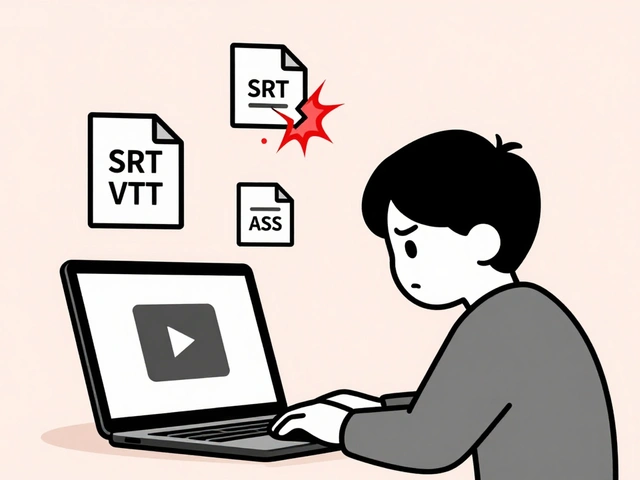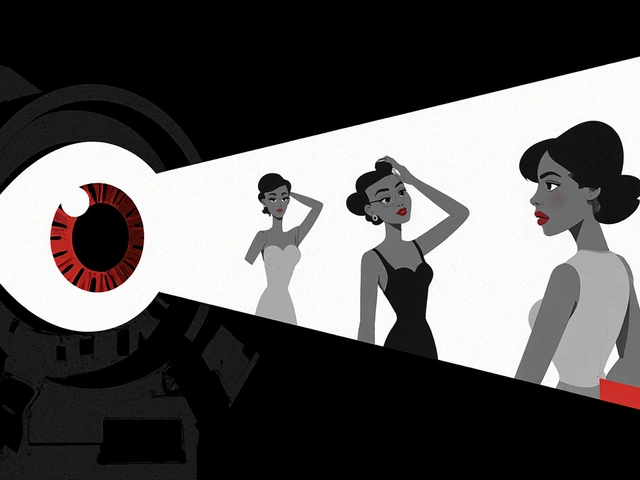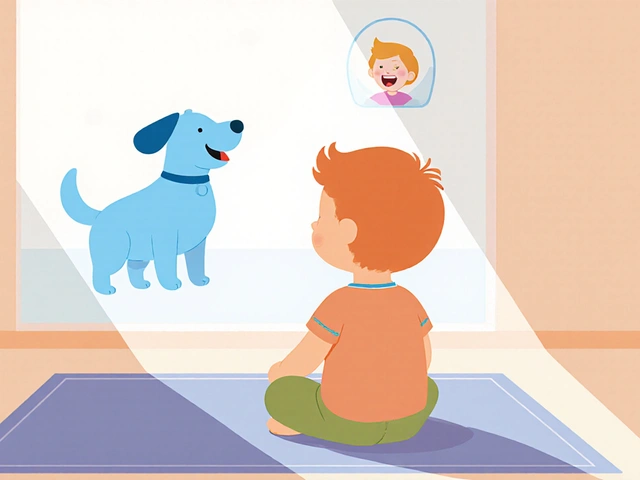Film Narrative: How Stories Work in Movies and Why They Matter
When you sit down to watch a movie, what keeps you hooked isn’t just the visuals—it’s the film narrative, the structured way a story is told through images, dialogue, and pacing to create emotional meaning. Also known as cinematic storytelling, it’s what turns a sequence of scenes into something that lingers long after the credits roll. A strong film narrative doesn’t just show events—it makes you care about who they happen to, why they matter, and what’s at stake.
Behind every great film is a character arc, the internal journey a protagonist undergoes, often shifting from fear to courage, ignorance to understanding, or isolation to connection. Think of Tony Soprano’s guilt, or Katniss Everdeen’s shift from survivor to symbol. This isn’t just plot—it’s psychology made visible. Then there’s cinematic structure, the hidden blueprint that organizes scenes into acts, turning points, and resolutions. Whether it’s the classic three-act form or something more experimental, structure gives rhythm to emotion. And let’s not forget screenwriting, the craft of turning ideas into dialogue, action, and silence that guide actors and directors. Great screenwriting doesn’t shout—it whispers in the pauses, the glances, the things left unsaid.
These elements don’t work in isolation. A character arc needs the right structure to unfold. A powerful scene needs precise screenwriting to land. And all of it relies on a clear film narrative to hold it together. That’s why you’ll find posts here about how Aaron Sorkin uses dialogue to build tension, how Fellini blurred dreams and reality to explore creativity, and how audience reactions to films aren’t just about taste—they’re shaped by how well the story connects. You’ll also see how some movies divide viewers not because they’re bad, but because their narrative choices challenge expectations.
This collection isn’t about theory for theory’s sake. It’s about what actually moves people. Whether you’re a filmmaker, a student, or just someone who’s ever cried at a movie and wondered why, these posts break down what’s working—and what’s not—behind the stories you love. You’ll learn how to spot a weak narrative, how to build one that sticks, and why some films become classics while others fade fast. The tools are here. The examples are real. Now it’s your turn to see movies differently.
6
Rashomon and the Unreliable Narrator: How Kurosawa Changed Cinema with Truth That Doesn't Add Up
Akira Kurosawa's Rashomon shattered cinematic norms by showing that truth isn't absolute - it's shaped by memory, pride, and fear. Four conflicting accounts of one crime reveal how humans rewrite reality to protect themselves.
Latest Posts
Popular Posts
-
 Data Management: DIT, Backups, and Archival Best Practices for Video Teams
Data Management: DIT, Backups, and Archival Best Practices for Video Teams
-
 How to Cancel Paramount+: Step-by-Step Guide
How to Cancel Paramount+: Step-by-Step Guide
-
 Four Weddings and a Funeral Review: Why It’s Still the Gold Standard of ’90s Rom-Coms
Four Weddings and a Funeral Review: Why It’s Still the Gold Standard of ’90s Rom-Coms
-
 Third-Party Billing: How to Manage Subscriptions Through Apple and Google
Third-Party Billing: How to Manage Subscriptions Through Apple and Google
-
 Why Subtitles Aren't Working: Fix Common Video Text Issues
Why Subtitles Aren't Working: Fix Common Video Text Issues



